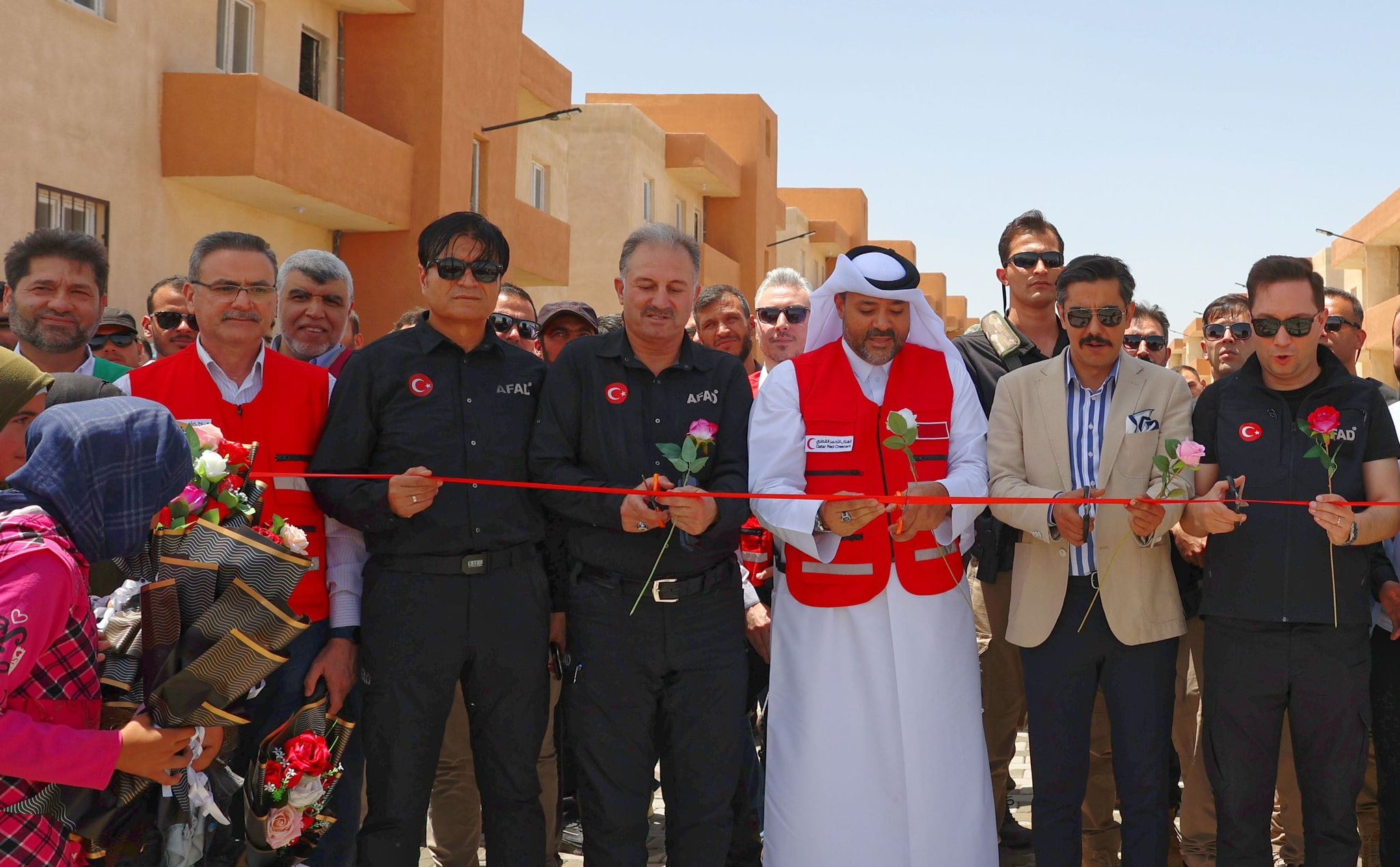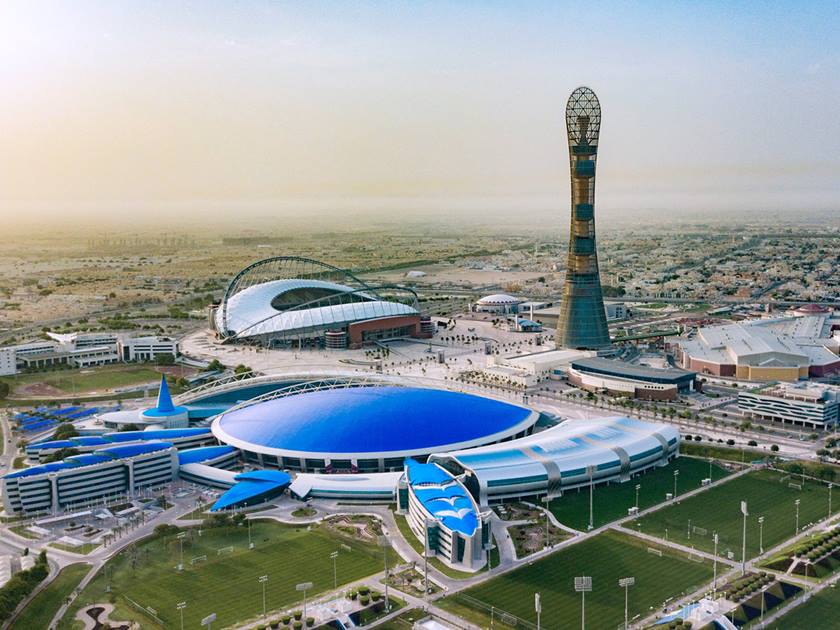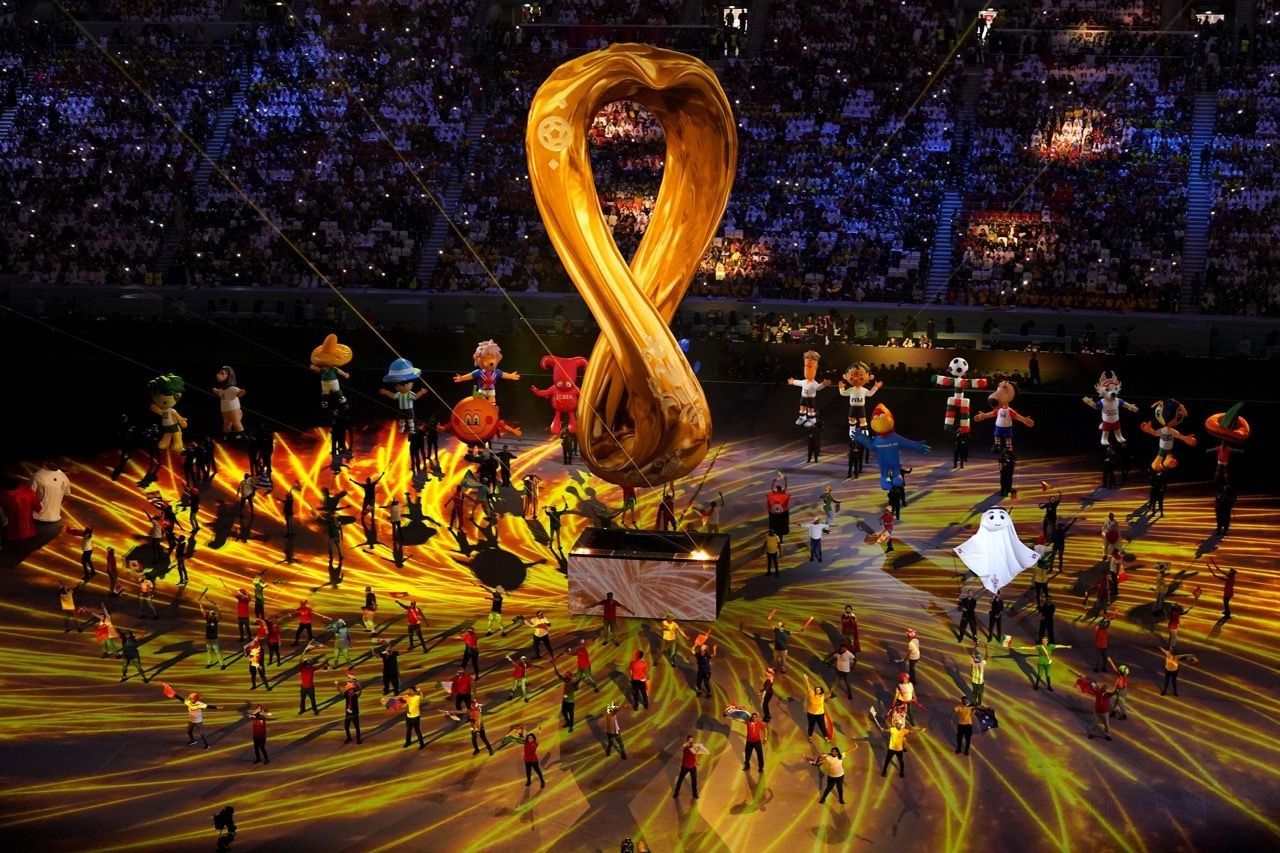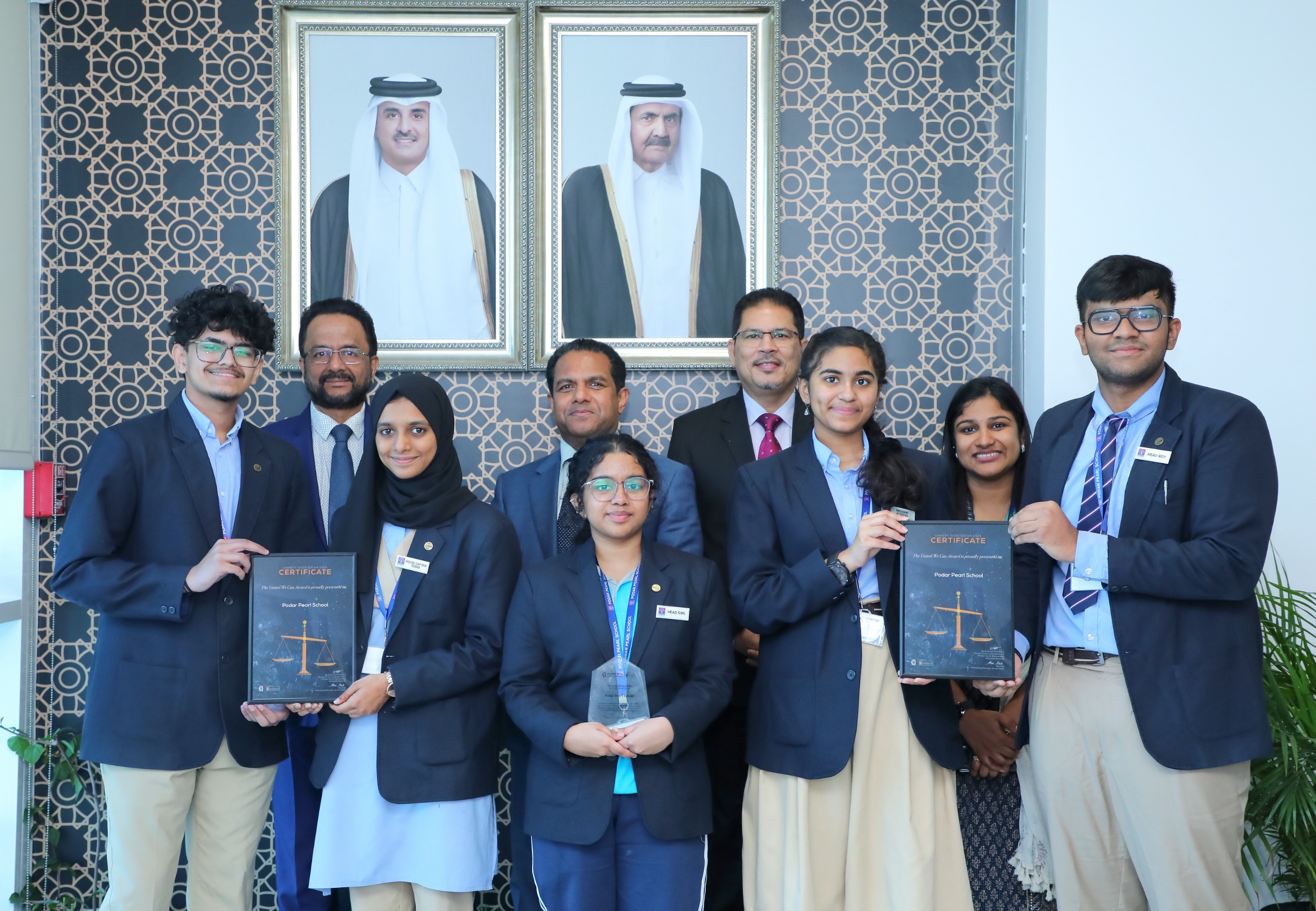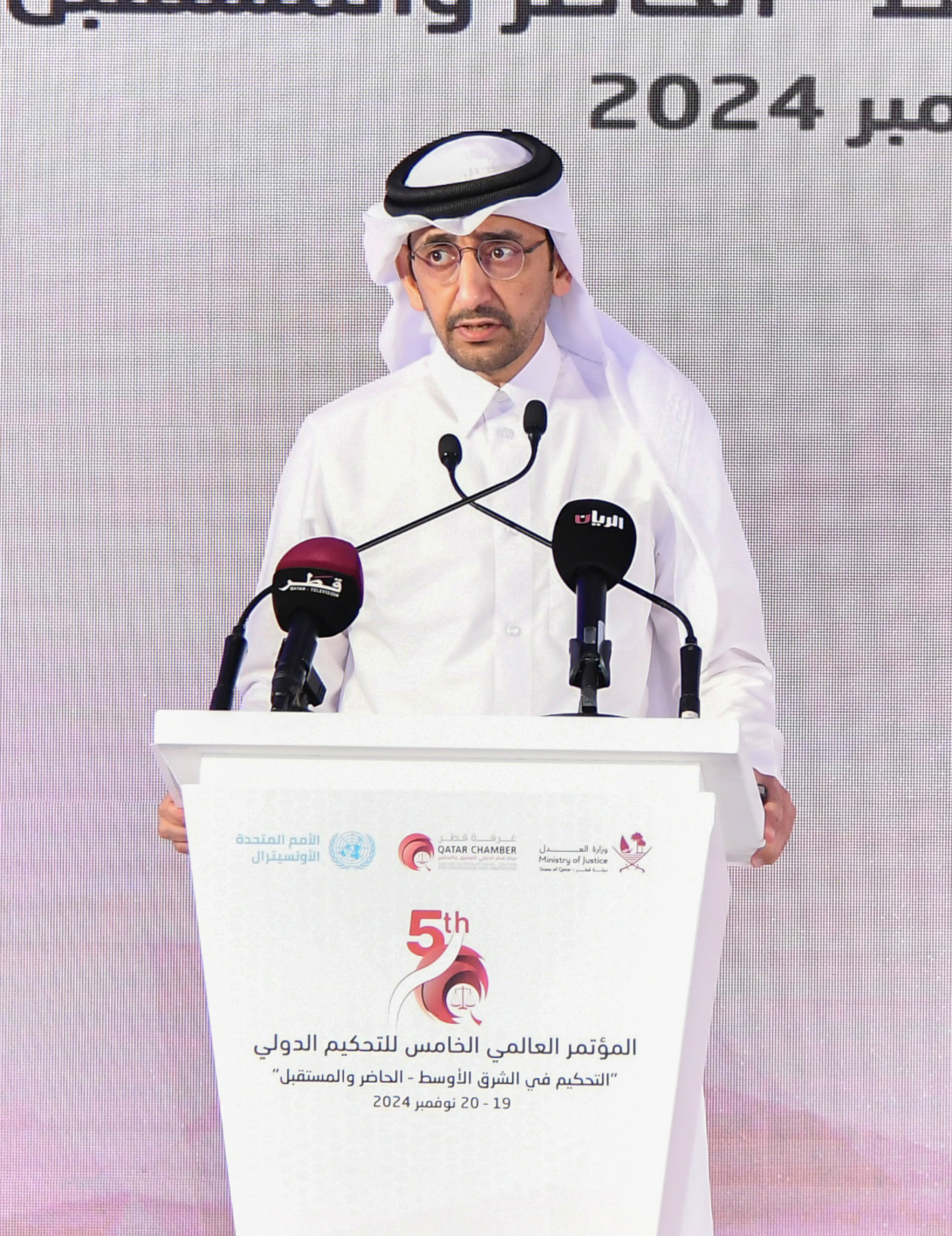The residential village provides much-needed housing and support for internally displaced Syrian families.
The Qatar Red Crescent Society (QRCS) has established a residential village in northwest Syria, a project financed by the Gulf state to house at least 7,000 internally displaced Syrians.
The “Humanity First” village is the largest of its kind in northern Syria and includes two residential blocks with 1,136 fully-furnished apartments.
The inauguration comes a day after Qatar announced a new $75m contribution to support humanitarian efforts in war-torn Syria.
Mohamed Ibrahim, the Director of Relief and International Programs Division at QRCS, described the village as “a message of hope and a meaningful contribution” by Qatar towards displaced Syrians.
“To ensure a better life for the residents, our vision goes beyond shelter to essential facilities and services, including mosques, schools, health clinics, green spaces, children’s playgrounds, footpaths, roads, water/power supply, and sewage network,” Ibrahim said during the inauguration ceremony.
“I hope it will be an example to be followed in other similar projects that help alleviate the suffering of IDPs living in difficult humanitarian conditions,” he added.
Representatives from Qatar Charity, Turkey’s Disaster and Emergency Management Authority (AFAD), as well as the Deputy Governor of Gaziantep, Sedat Sezik, were also in attendance.
The village falls under a 2015 development strategy adopted by QRCS, whose goal is to establish residential units to shelter IDPs in opposition-controlled areas in northwest Syria.
The Qatari organisation has so far completed 13 residential villages with a total of 3,672 apartments in addition to gardens, mosques, schools, shops and hospitals.
QRCS is currently working on implementing two new 600-apartment village construction projects with more than 22,000 expected beneficiaries, it said in a statement.
The projects have also had an added benefit to the locals by creating at least 7,000 jobs for construction workers in need to make a living under the dire humanitarian conditions.
In March, QRCS and Education Above All Foundation inaugurated the ‘Katara Village’ in northern Syria with the aim of providing displaced families with sustainable shelter and educational facilities.
The structures were designed by renowned Iraqi-British architect, Zaha Hadid, who passed away in 2016.
Syria plunged into a civil war after the Bashar Al Assad regime responded to peaceful pro-democracy protests in 2011 with a brutal crackdown, forcing more than 14 million to flee the war and persecution.
Since the beginning of the uprising, the Assad regime has killed 231,278 Syrian civilians, including 15,334 who died as a result of torture, according to the Syrian Network for Human Rights (SNHR).
At least 156,757 others were subjected to forced disappearance by the regime.
More than 7.2 million Syrians are internally displaced with 70 percent of the population in need of vital humanitarian assistance, according to the United Nations.
Qatar closed its embassy in Syria at the height of the protests in 2011 and became the first country to establish an embassy for the Syrian opposition in its capital Doha.
The Gulf state has since maintained its unwavering stance against integrating ties with the Assad regime for more than a decade, despite last year’s wave of regional normalisation.
Qatar has been extending a helping hand to northern Syria for more than a decade, particularly in the aftermath of the deadly earthquake that struck the country and neighbouring Turkey in 2023.
The devastating 7.8 magnitude earthquake claimed more than 50,000 lives in the two countries, creating major destruction and exacerbating the suffering of displaced Syrians.

